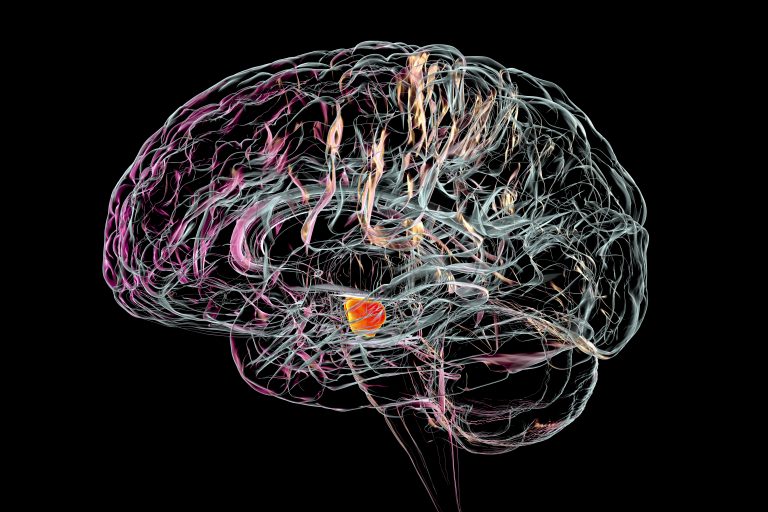
Research led by La Jolla Institute for Immunology in California has identified a genetic signature present in a type of immune cell known as a memory T cell that identifies patients with Parkinson’s disease, which the research team hopes could help find new treatment targets in the future.
Around 680,000 individuals in the U.S. have Parkinson’s disease, a progressive neurodegenerative disorder that is characterized by loss of dopaminergic neurons in the brain and accumulation of the neuro modulating protein alpha-synuclein.
Despite the widespread nature of the condition and many years of research, the exact cause of neuronal cell death in Parkinson’s is unclear and treatment options for the condition are still limited.
This study confirms previous evidence suggesting a link between Parkinson’s and inflammation or autoimmunity.
“Parkinson’s disease is not usually seen as an autoimmune disease, but all of our work points toward T cells having a role in the disease,” says Cecilia Lindestam Arlehamn, an assistant professor at La Jolla and co-lead author on the study, which is published in the journal npj Parkinson’s Disease.
“Now that we can see what these T cells are doing, we think intervening with antibody therapies could have an impact on the disease progression, especially early on, ” adds La Jolla Professor Alessandro Sette, who co-led the research, in a press statement.
The researchers carried out RNA sequencing on peripheral blood mononuclear cells, CD4 and CD8 memory T cells from Parkinson’s disease patients and healthy controls of a similar age. They found that when the different cells were exposed to alpha-synuclein, a very different gene expression response occurred in the T-cells from Parkinson’s patients compared with controls.
The gene expression profile linked to Parkinson’s had high levels of proteins linked to oxidative stress, phosphorylation, autophagy of mitochondria, cholesterol metabolism and inflammation. Levels of the chemokine signaling proteins CX3CR1, CCR5, and CCR1 were also high, as were proteins previously linked to Parkinson’s including LRRK2, LAMP3, and aquaporin.
The researchers concede that more research is needed to confirm and expand upon these findings, but say they bring new hope for those impacted by this condition.
“Our data identify specific genes that could be addressed by therapeutic and diagnostic interventions, including TFEB, PRKN, and LRRK2. In a diagnostic setting, detection of alterations in the expression of these genes could contribute to a molecularly-based diagnostic, while in the therapeutic setting, it is possible that early targeting of the same genes by inhibiting or activating their function could delay or terminate disease progression or prevent disease development,” they conclude.













